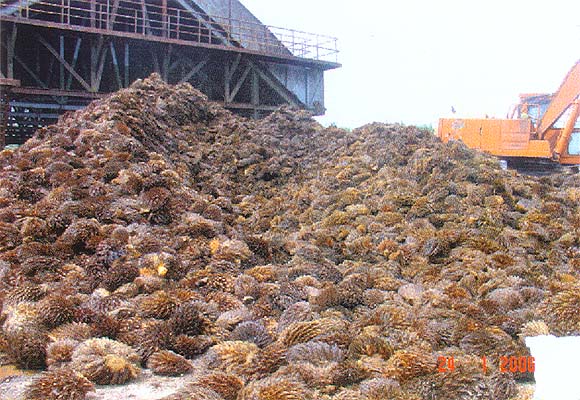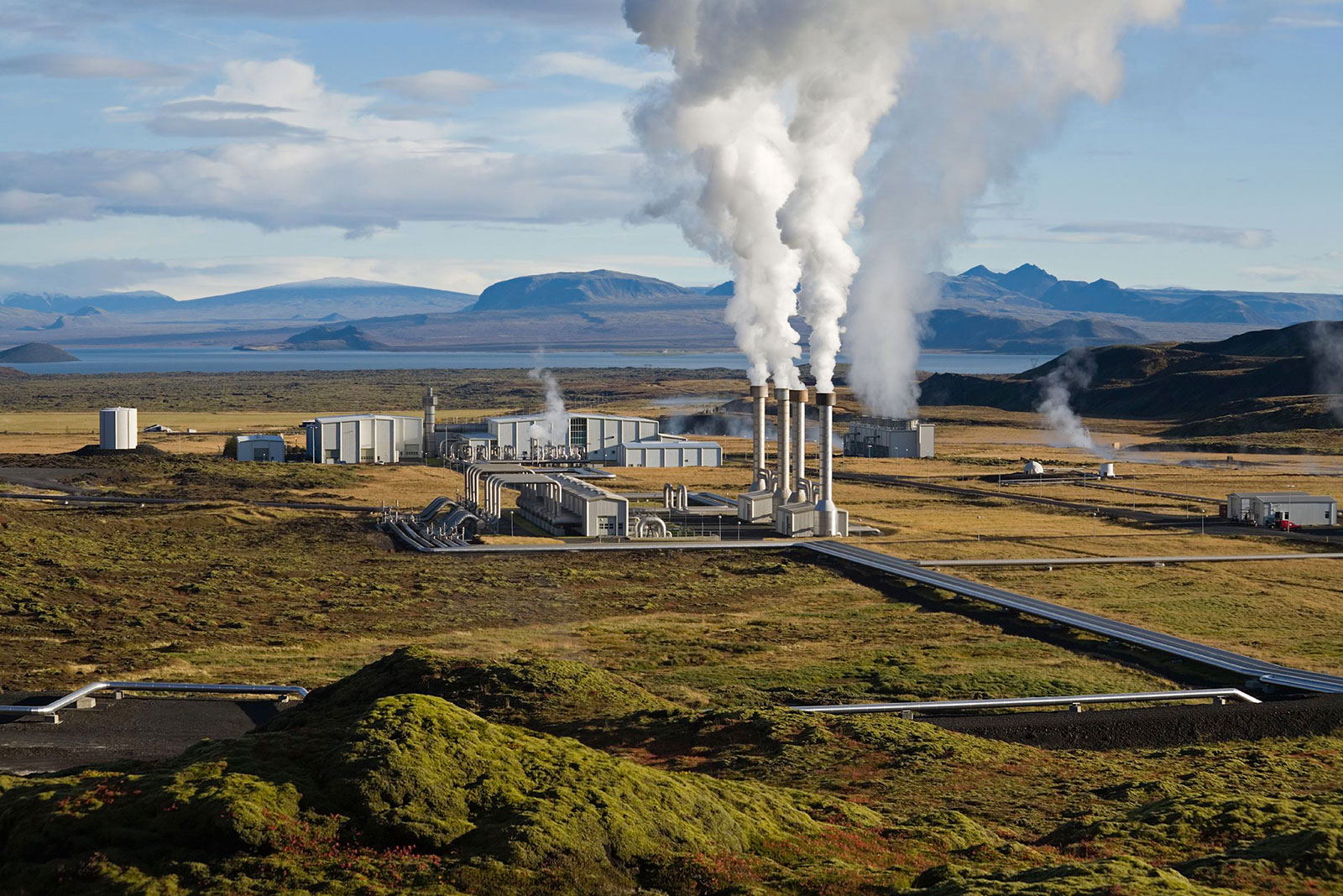Cultivating Indonesia’s Local Vegetations as Primary Feed Material in Biomass Power Plant
With the scarcity in fossil fuel reserves following the surge on its energy consumption, it is necessary to have alternative energy sources that are renewable and sustainable. In that case, biomass energy is considered to be a solution to replace fossil energy. In accordance with Law no. 30 of 2007 on energy and PP no. 79 of 2014 concerning the national energy target, the government is trying to empower all emerging potentials for sustainable energy. The availability of biomass in Indonesia is very abundant, making Indonesia a potential candidate as the world’s biomass granary, and promising an alternative solution to overcome the problem of domestic energy availability. Biomass Power Plant is a type of power generation unit that is operated with organic fuel (biomass). In Indonesia itself, some local vegetation that produces plantation waste such as bananas, oil palm and bamboo are processed into raw feed that serves as solid fuel in PLTBm, which stands for Pembangkit Listrik Tenaga Biomassa. Bamboo (Bambuseane) is one of the non-timber products that has the potential to be a raw material for biomass. Indonesia occupies 5% of the total area of bamboo forests in Asia. The Siberut’s PLTBm is the first biomass power plant that utilizes the local bamboo to produce energy that is able to meet the electricity needs of the community totaling 1233 households (KK). As fuel for PLTBm, bamboo is processed into biopellets to obtain a rigid shape with low water content.
On the other side there is Oil palm ( Elaesis ), which is one of the plantation commodities that produces potential waste for biomass raw material, and currently an important plantation crop that serves as main composition for food oil, industrial oil, biofuel and biodiesel. Indonesia’s oil palm plantations covers total area of 14,456,611 Ha, which produces 47,120,247 tons of palm fruit per year and continues to increase. Oil palm shell is one of plantation waste that has a high calorific value, and a great potential to be utilized as a biomass feedstock with the closest characteristics resembling coal regarding the solid fuel quality for PLTBm. Several PLTBm units had implemented a gasification process to convert biomass feedstock into gas. Banana ( Musa Paradisiaca L.) is one of the sources of biomass that can be converted into fuel by this gasification method. Indonesia is one of the banana producers in Asia with a production capacity totalling around 7.28 million tons and continues to increase. With abundant availability of raw materials for banana waste, it can be used as raw material for biomass power plants. The process of converting banana waste into biomass involves devolatilization of hydrocarbon materials in the form of decomposing hydrocarbon chains, transforming it’s material property from solid to liquid and gas. In this process the temperature used varies from 300 to 900 °C, but generally carried out at a temperature of 500-550 °C to produce a liquid product as the main product.
sign up and download this insight for more detail information
Share This Article



